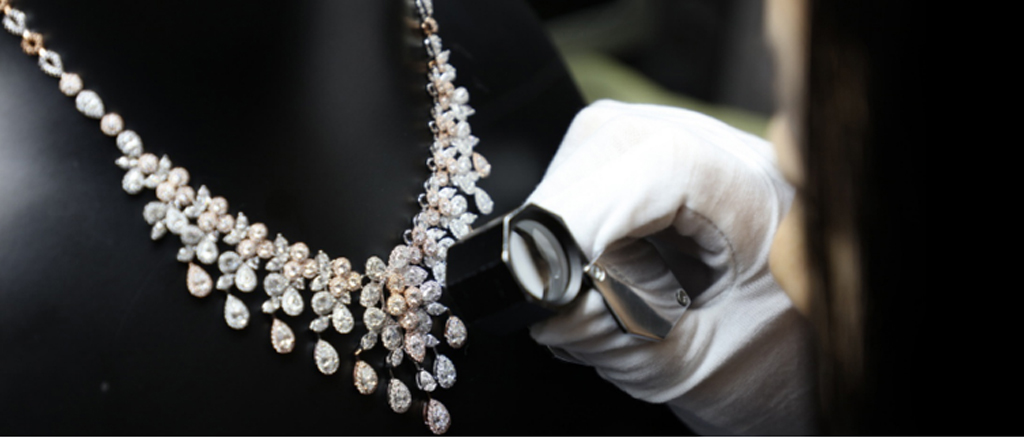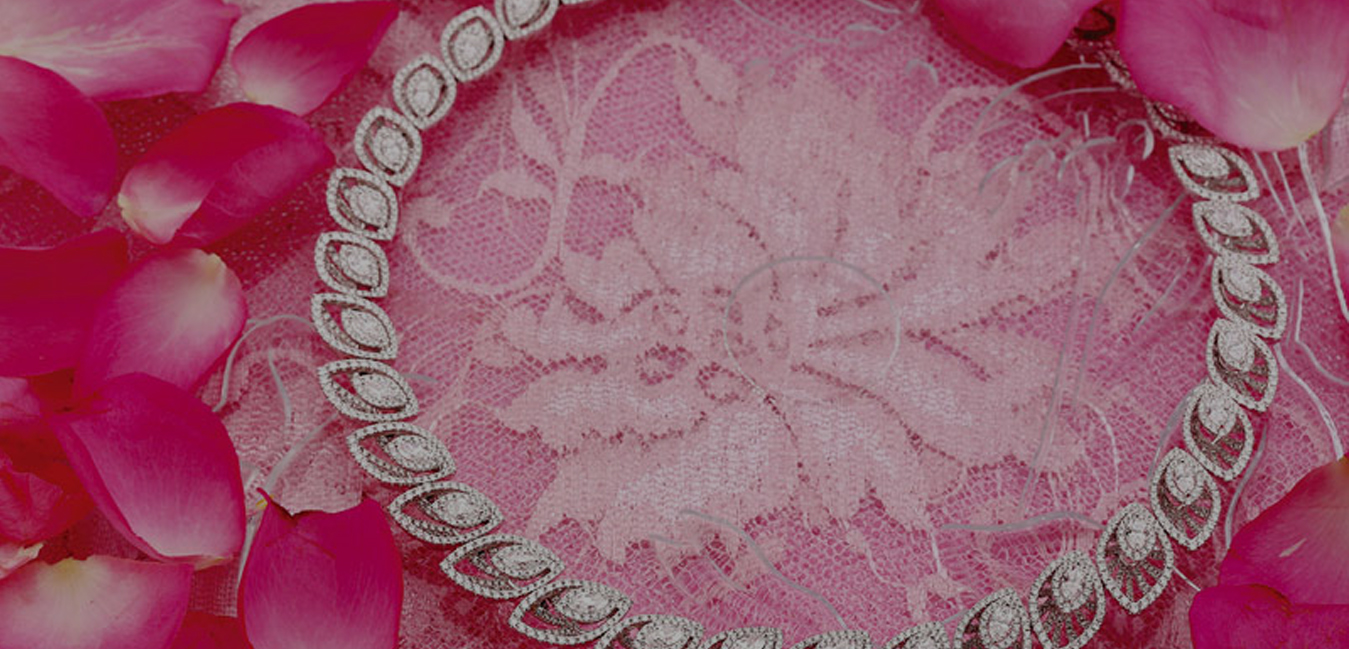Jewellery has been around for eras. People used to adorn themselves with glittering metals, precious materials, and sparkling stones for ages. In Indian, the origin of jewellery also stretches through centuries, and it is believed to be more than 5000 years old, touching the era of Ramayana and Mahabharata.
The use of jewellery during the period of Ramayana and Mahabharata is evident from the engravings of God and Goddesses found in age-old shrines and temples. The jewellery in our country has always remained an expression of culture and aesthetics. Over time, jewellery has been influenced greatly by social, cultural, and political factors. The present-day variety of Indian jewellery that is enchanting, igniting new ideas, and is charming the world, has developed over time. So, let’s delve into the journey and evolution of jewellery in our country through a brief visit to its gradual development.
Jewellery in Neolithic Age
A faint existence of jewellery in India can be found in the Neolithic period. The archaeological survey of India is of the opinion that beads and ornaments started to appear during this period. The people of this age were apparently not skilled or equipped enough to produce elaborate jewellery pieces. However, the art of adornment using jewellery was there in the period. People used to decorate themselves with flowers, feathers, and beads. Shells, wings, etc., were also used with great ingenuity.
Jewellery in Chalcolithic Age
The Chalcolithic period witnessed the beginning of metalwork and manufactured jewellery in India. Earlier, when Gold was not mined, copper and its alloys like bronze and brass were used in jewellery making. Later, with the discovery of Gold and some precious stones led to the development of beautifully crafted jewellery.
Especially during the Indus valley civilisation gold and silver were used in abundance. Melting, refining, moulding, the setting of stones, etc., all were faintly developed during this period, and people also used to trade in jewellery. Jewellery started to be the prime offering to God, and it began to take a more elaborate form.
Jewellery in Iron Age
The period also witnessed evolution in jewellery with iron as an expensive or luxurious material for jewellery making. During this age, iron used to be expensive than Gold and silver and was majorly used in beaded ornaments.
Jewellery in Mauryan Age
The ascendency of Mauryan dynasty unified not only the Indian subcontinent but also paved the way for jewellery unification and modification in the region. New gems were introduced in India through different trade routes. A variety of ornaments were used for head, neck, ear, arms, etc. The tradition of mix and match in jewellery appeared with different kinds of jewellery like Apavartika – a necklace with alternative Gold and pearl beads.
Diamond mining also started in this period and India was first to mine diamonds. These were valued for their strength and brilliance. Diamonds were used as a cutting tool, as a talisman to ward off evil, and as an adornment. Besides, ear kundals were in vogue, and there was a great impact of jewellery on society of this era.
Jewellery in Medieval India
The Mughal era brought brilliant fusion in Indian Jewellery with its advent in the 16th century. The Mughals brought with them the knowledge of jewellery engineering and the possession of gems and jewellery started to be viewed as a symbol of social status. The extravagance in the jewellery was never seen before in the country. The fine decorative designs, cutting of precious stones in different shapes, inlaying of the stones, etc., are all the gift of this period.

Jewellery in Modern India
Indian jewellery also encountered cross-culture exchange of ideas and inspiration in the modern era. The early 19th century was the phase of the intermingling of styles. Brands started to emerge, and it is said that some Indian brands have also designed stone jewellery for Indian Maharajas and Queens. In the 20th century, big jewellers started creating and designing jewellery inspired by Paris, Europe, and other cultures. Brands started to emerge and established in mainstream society. Gems and gemstones, especially precious & semi-precious like diamonds, became a norm in jewellery.
The variegated forms of jewellery that we see today are a combination of history and tradition culminated over time. The art of jewellery has come a long way, which is preserved through today’s masterpieces. KGK group, a leading diamond jewellery manufacturer, takes pride in being a contributor in the evolution of jewellery in India and abroad. The jewellery we offer holds an enchantment, drawing legacy from our beautiful history.










